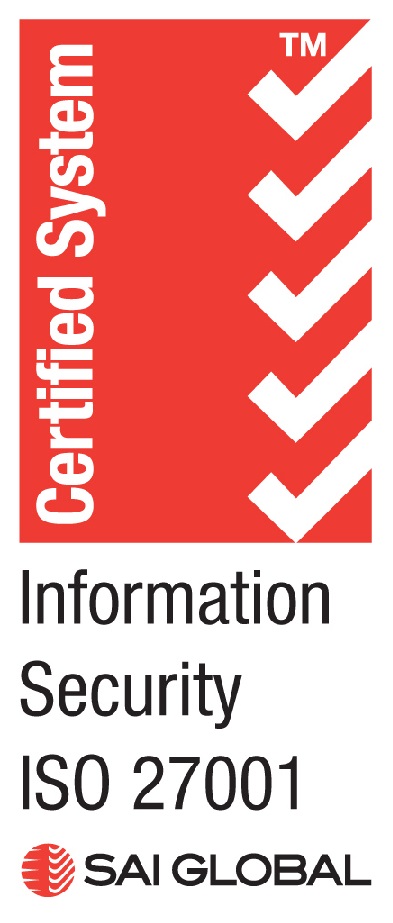Harness End Of Support To Make The Move To A Modern Workplace
The end of the year is approaching rapidly, but some businesses might not be feeling so festive soon with end of support (EoS) for Windows 7 and Windows Server 2008 also nearly upon us.
While the old adage ‘if it’s not broken, why fix it?’ might hold true for some things, EoS is not one such area.
Once Windows 7 and Windows Server 2008 hit EoS on 14 January 2020 Microsoft won’t be providing any security patches and fixes or software updates, leaving users vulnerable to security issues.
Truth be told, Windows 7 is already a bit of a malware magnet. We’re seeing clients with malware infections that could easily have been blocked if they were using Windows 10, and we recently had one client hit by Cryptomining malware which infected their Windows 7 machines, but not the Windows 10 devices.
There’s a reason for that: Windows 10 is inherently the most secure OS Microsoft has ever produced.
While there are too many security features to run through here, some of the standouts include Exploit Guard which scans and quarantines malware on the fly and is backed by artificial intelligence to help protect against zero-day attacks and Credential Guard to protect your company’s credentials from being harvested.
On the geeky side, it also protects against memory injection attacks by randomising the loading process. Yes, it’s incredibly geeky, but it highlights the levels of security in Windows 10, which has already surpassed 900 million installed users.
It’s the same on the server front with newer versions of Microsoft’s operating systems (OS) providing enhanced patching and security. Once Windows Server 2008 goes end of support – just like Windows SQL 2008 did in July (you’re not still using that, right?) – and not receiving updates and patches, any servers on a network or internet facing will be exposed.
Beyond security
But the move to a new OS isn’t just about security, offering the potential for increased staff engagement and productivity, better customer experiences and ultimately a more efficient, dynamic business.
New OS’, including Windows 10, also offer a lower total cost of ownership (always a big winner with customers) – and less support issues.
It’s also packed with other goodies, including automation processes to help your business processes, and Universal Applications, which enables you to run Windows 10 across all devices, including tablets, providing a more secure, faster, more stable experience with automated, less intrusive, patching.
Delivered ‘as-a-service’ so it’s always being updated, Windows 10 ensures you’ve always got access to the latest offerings. September updates included performance and battery efficiency improvements, the introduction of third-party digital assistants such as Alexa to the lock screen and the ability to create Calendar events from the Taskbar, among others.
At a time of such rapid change and innovation, waiting three years for an upgrade to your system is too long, and Microsoft has recognised this, ensuring your systems are always able to receive the latest features.
Microsoft 365: A complete package
Many of our customers are opting to move to Microsoft 365 as part of their upgrades. Microsoft 365 includes the Office 365 cloud productivity suite, Windows 10 Enterprise and Enterprise Mobility and Security (EMS).
EMS offers a huge number of security features to further protect your environment, from Cloud App Security for ensuring security when cloud apps such as Dropbox are being used – including monitoring how much data is being sent and flagging suspiciously high activity – to conditional multifactor authentication and data leak prevention.
Away from security, Microsoft Teams is proving a big winner in Microsoft 365. As a collaboration tool it’s basically taking the videoconferencing ability of Skype for Business and adding a huge amount of collaboration. Teams can share and collaborate on documents in real-time, share screens and set up video calls. You can also use Teams to replace your traditional phone systems if you start using VoIP and SIP trunk.
The server question
On the server front the increased stability offered by newer releases such as Windows Server 2016 or Windows Server 2019, is a big winner. Both also require a lot less resources than Windows Server 2008.
There’s also a lot more reporting and self-healing in the newer server OS so if there’s a problem, the server often self-diagnoses – and doesn’t fall over.
Most of our clients, however, aren’t opting for new on-premise servers. Instead they’re taking the opportunity presented by EoS to get away from the cycle of upgrades and modernise their business with Microsoft Azure Cloud.
Windows Server workloads can be migrated to Azure virtual machines in a ‘lift and shift’ to the cloud, or you can choose to rearchitect or rebuild and innovate with Windows Server containers and Azure data services.
Need more information?
Get in touch with us
